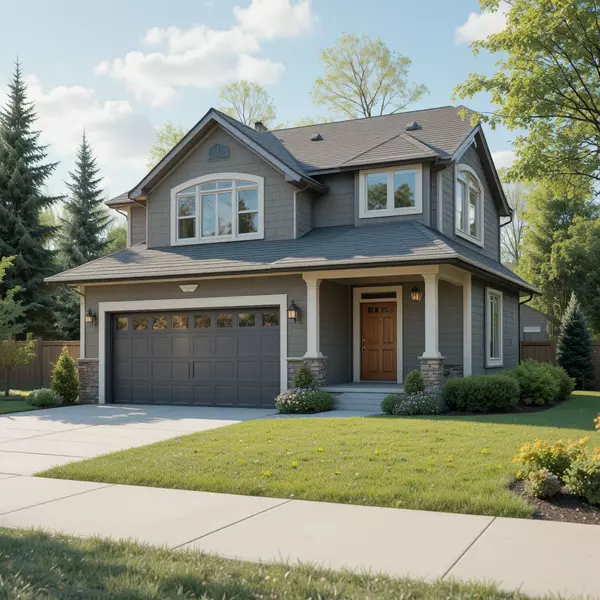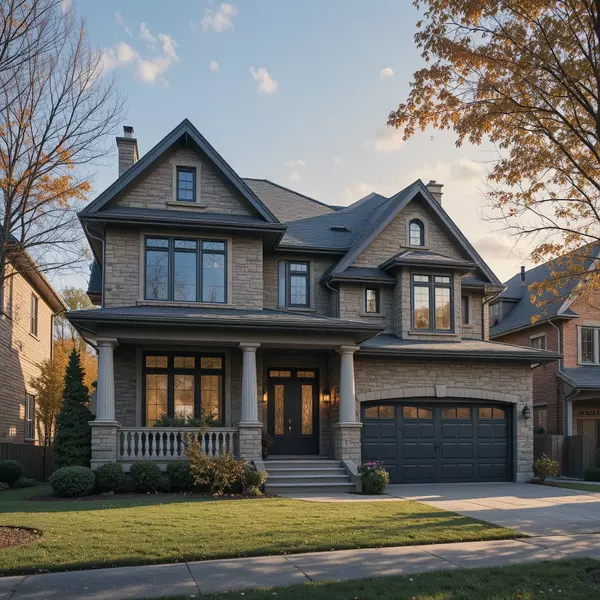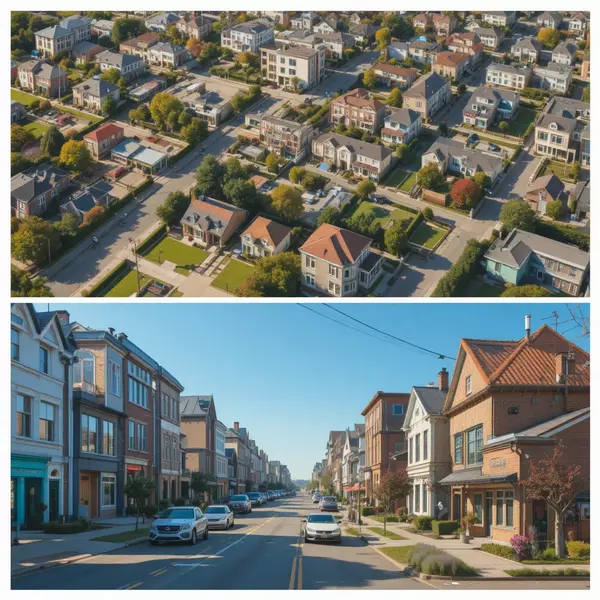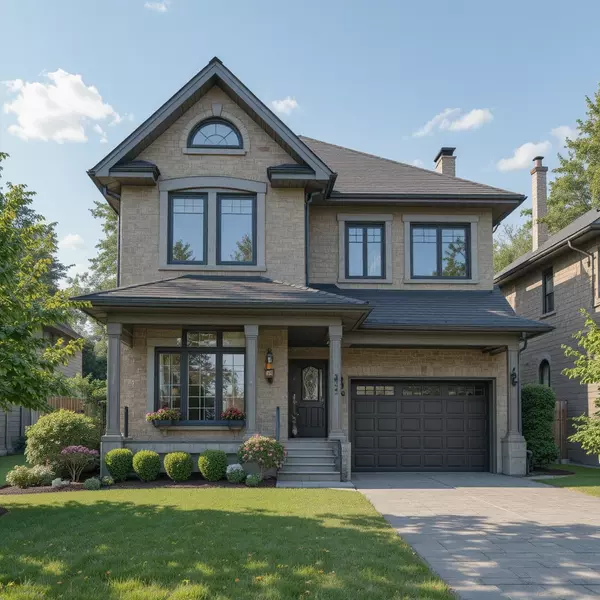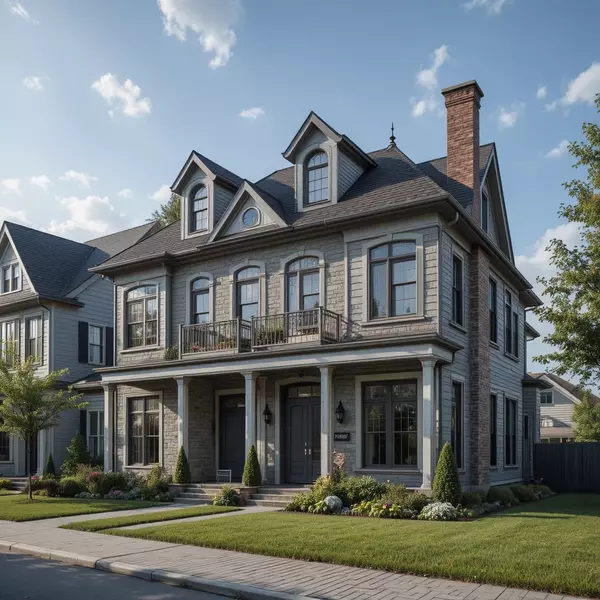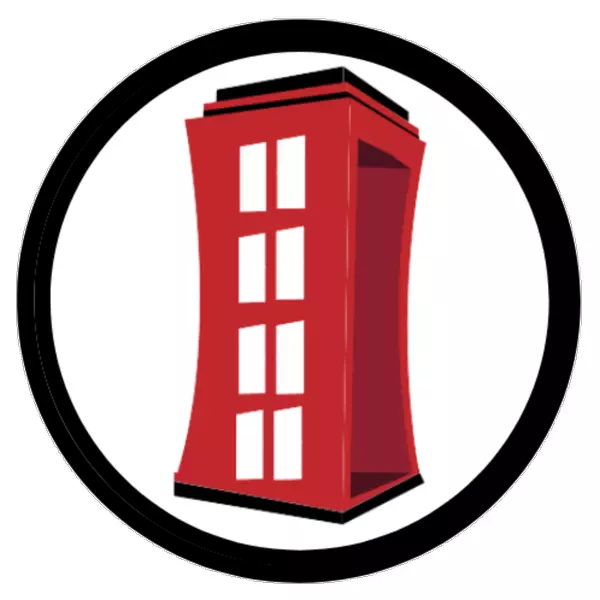The Difference Between Fixed and Variable Mortgage Rates

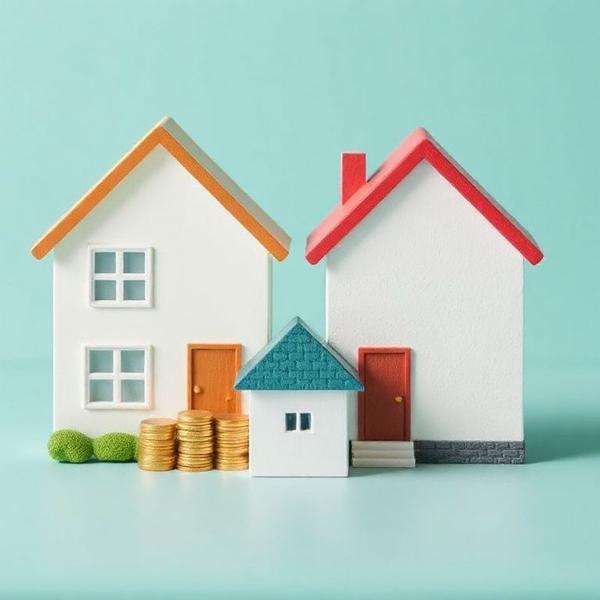
Introduction: Defining the Fundamental Choice
For most Canadian homebuyers, the mortgage represents the largest and longest financial commitment of their lives. A critical decision immediately following qualification is choosing the type of interest rate: fixed or variable. This choice fundamentally dictates how predictable your monthly payments will be and how much risk you are willing to assume over the term of the mortgage. While both options facilitate homeownership, they operate under entirely different mechanisms relative to the national economy and interest rate cycles. Understanding the trade-offs between stability and potential savings is the crucial first step in selecting the rate structure that aligns with your financial temperament and future goals.
The Certainty of a Fixed-Rate Mortgage
A fixed-rate mortgage guarantees that the interest rate you agree to on closing day will remain constant for the entire term of the agreement, typically one to five years. Its primary and most compelling advantage is budgetary certainty: your principal and interest payment remains exactly the same, regardless of any rate hikes announced by the Bank of Canada (BoC). This stability acts as an invaluable hedge against market volatility, making it the preferred choice for risk-averse individuals and those on tight, non-flexible budgets. The main drawback is the premium you pay for this certainty; fixed rates are generally priced higher than variable rates at the outset, and you lose out on savings if market rates subsequently decline.
The Flexibility and Risk of a Variable-Rate Mortgage
A variable-rate mortgage (VRM), by contrast, is dynamic. Its interest rate is tied directly to the lender’s Prime Rate, which in turn moves in lockstep with the BoC’s benchmark overnight rate. When the BoC cuts its rate, your interest rate falls, and your savings increase. While VRMs historically offer a lower starting rate, their flexibility comes with inherent risk: if the BoC raises rates, your monthly payment will increase (for adjustable-rate mortgages), or the proportion of your payment dedicated to interest will increase (for fixed-payment variable-rate mortgages). This introduces the risk of hitting a "trigger rate," where the payment no longer covers the interest, creating a financial hazard for the borrower.
The Psychological and Economic Trade-Off
The choice between fixed and variable is often a reflection of a borrower's risk tolerance. The fixed rate is a conservative play, a form of financial insurance against future rate spikes, best suited for those who value peace of mind over potential savings. The variable rate, conversely, is favored by those with robust cash flow, a higher appetite for risk, and an optimistic long-term view of the economic cycle. Historically, variable rates have offered better long-term savings, but only for borrowers who had the financial cushion to withstand periods of significant payment shock. The economic outlook on inflation and central bank policy should always factor heavily into this calculus.
Critical Distinction: Penalties and Portability
Beyond the monthly payment, fixed and variable rates differ dramatically in terms of their potential penalties. Should a homeowner need to break a mortgage before the term is up (e.g., to sell the house or refinance), the penalty structure for fixed rates is often punitive, typically calculated as the greater of three months' interest or the Interest Rate Differential (IRD). The IRD can amount to tens of thousands of dollars. Variable rate penalties, however, are almost always a simple three months' interest, making them far less expensive to break. This difference in penalty structure makes the VRM a much more flexible option for those who anticipate needing to move or refinance within the mortgage term.
Final Consideration: Aligning the Rate with Your Financial Horizon
Ultimately, the "best" choice is relative. Before committing, borrowers should run stress tests: Can your household comfortably manage a 2-percentage-point increase in your variable rate payments? If the answer is no, a fixed rate may be the responsible choice, even if the starting rate is higher. Conversely, if you have a short time horizon until retirement, or believe a major central bank rate-cutting cycle is imminent, the variable rate might offer a significant advantage. The final decision should be made in consultation with a qualified mortgage professional, ensuring the rate structure chosen supports your financial planning and allows you to sleep soundly at night.
Categories
Recent Posts

